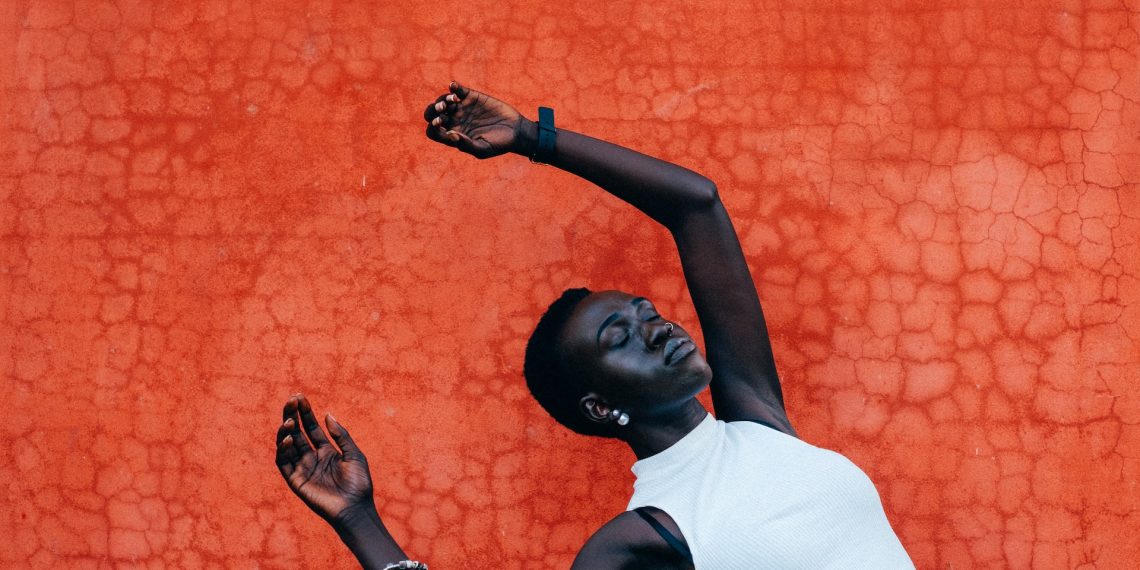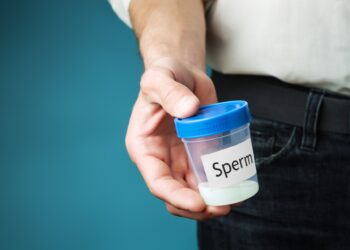When it comes to taking care of our hair, there are many factors we should take into consideration. This includes following the right diet, proper hydration and correctly chosen hair products. But there is another factor that many women might not know about as much and that’s the importance of different climates on hair.
This is even more of a pressing issue when it comes to afro-textured hair, which is more sensitive to outside changes. That is why it’s important to know how to make it easier for your hair to stay healthy and looking its best throughout the year or regardless of climate particular to your state. Read this article further to find out exactly the influence of each type of climate on your hair and how you can best deal with it.
Haircare for Hot Climates
Hot climates can be detrimental to afro-textured hair. All the heat and humidity in the air results in frizz, breakage and dryness. This means that you have to be ready to protect your hair and adjust your hair routine accordingly. In particular, we suggest doing the following:
Hydrate properly
In hot climate, your hair needs all the hydration it can get. It’s important that you drink plenty of water to keep your hair healthy from the inside out. It’s even better if you also eat fruit and vegetables rich in water as well.
As for the hair routine changes, we suggest adding hair products that not only moisturize your hair but retain moisture for a long time as well. A good example of this would be Chebe powder-containing products. While something like Chebe powder or Chebe butter is going to be amazing for supplying your hair with hydration, Chebe paste is going to really lock it in so you can enjoy healthy hair for longer.
Make sure to protect it
You should generally be gentle with your hair, but this is even more relevant when it comes to going outdoors. Try to cover your hair, whether it be with a hat or scarf when having to be in the sun for long periods of time to protect it from direct contact. This will help especially in preventing breakage and dryness issues.
Avoid Heat Treatment
It’s best to cut heat treatment to a minimum either way but this is all the more relevant when it comes to being exposed to hot climate. If heat-styling tools such as curling irons, flat irons, or blow dryers are part of your regular hair routine, you may be damaging your hair without even realizing it. Heat styling tools can be another cause for breakage and split ends, leaving your hair feeling even more dry and brittle.
Hair Care for Cold Climates
Cold climate is hardly a better alternative to hot climate and comes with challenges of its own. The dry air and cold temperatures often deplete hair of any good nutrients it needs to thrive, leading to it breaking easily and being overall dull and brittle. For hair care in cold climates then, we suggest the following:
Hydrate properly
Yep, yet again, it is important to maintain moisture in your hair – and this is relevant as much to cold climates as it is to hot. As an alternative to Chebe powder-containing products, we suggest also trying out a fermented rice water deep conditioner. The protein that this product is full of is just perfect to maintain your hair in its healthiest, glossiest state.
Avoid chemical damage
When your hair is lacking in minerals already and you frequently dye or perm it, you may be damaging it without realizing it. Just like mentioned in the previous point, when using chemical treatments on your hair, it’s important to use a deep conditioner afterward to help repair any damage done.
Try to eat healthy
Once again, this piece of advice may seem self-explanatory but this is usually so much more relevant when it comes to cold weather. Humans tend to feel more down during the winter time in particular and can have more intense cravings and indulge in more unhealthy food. That’s why it’s important to remember that as tempting as such food is, it does do any service to your overall health – and hair is not exception.
Hair Care for Humid Climates
While neither too hot or too cold a climate can be particularly good for afro-textured hair, humid environment is particularly destructive. It causes chronic frizz, tangling and breakage, which are hard to manage consistently. Nevertheless, we have some tips on how to balance this out:
Hydrate properly
We are never going to be tired of emphasizing the importance of moisturizing your hair. As paradoxical as it may seem considering a humid climate is full of moisture, your hair still needs to obtain moisture in the right way that doesn’t result in frizz. That’s why, the advice is the same as before – drink lots of water and use the Chebe products or fermented rice water to keep your hair supplied with enough hydration.
Style your hair correctly
With afro-textured hair, protective styling plays a crucial role in many potential hair problems such as dryness and damage. Protective styles such as braids or twists help prevent further damage to the strands while also promoting growth. It’s important to use gentle styling methods when wearing protective styles so that you don’t cause any further damage to your already fragile strands.
Apply essential oils
Natural essential oils such as argan oil, coconut oil, jojoba oil, and olive oil, for instance, are great treatments for repairing depleted hair. These oils help restore moisture and strength to the strands while also protecting them from further damage. It’s best to apply these oils before washing your hair so they can penetrate deep into the strands for maximum effect.
Conclusion
In conclusion, adjusting your hair care routine based on the climate you live in is crucial for maintaining healthy and beautiful afro-textured hair. Whether you live in a hot, cold, or humid climate, there are tips and tricks you can use to keep your hair healthy and strong. Remember to hydrate, protect, and use natural hair care products like chebe powder and fermented rice water to keep your hair looking its best.







